Litter blitz at Cork blackspot unearths drug needles and 30-year-old drinks cans
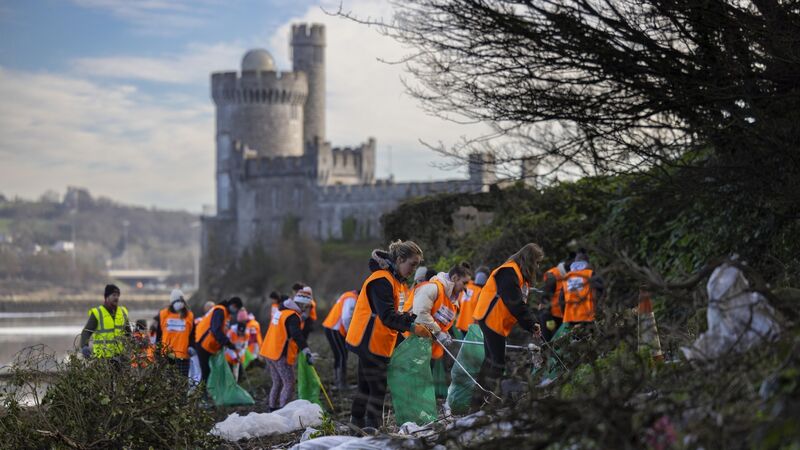
Transition-year students from two Cork schools clearing litter from the shore around Cork’s landmark Blackrock Castle on Tuesday morning. Registrations are now open for National Spring Clean 2022. Photo: Cathal Noonan
Students hope their big spring clean of a notorious litter blackspot around Cork’s landmark Blackrock Castle, which yielded drug needles and 30-year-old drinks cans, will “rattle cages” and encourage the authorities to act.
Transition-year students from two Cork schools used a special compressor-driven vacuum cleaner to suck up microplastics along a stretch of foreshore on the city side of the castle at low tide on Tuesday.
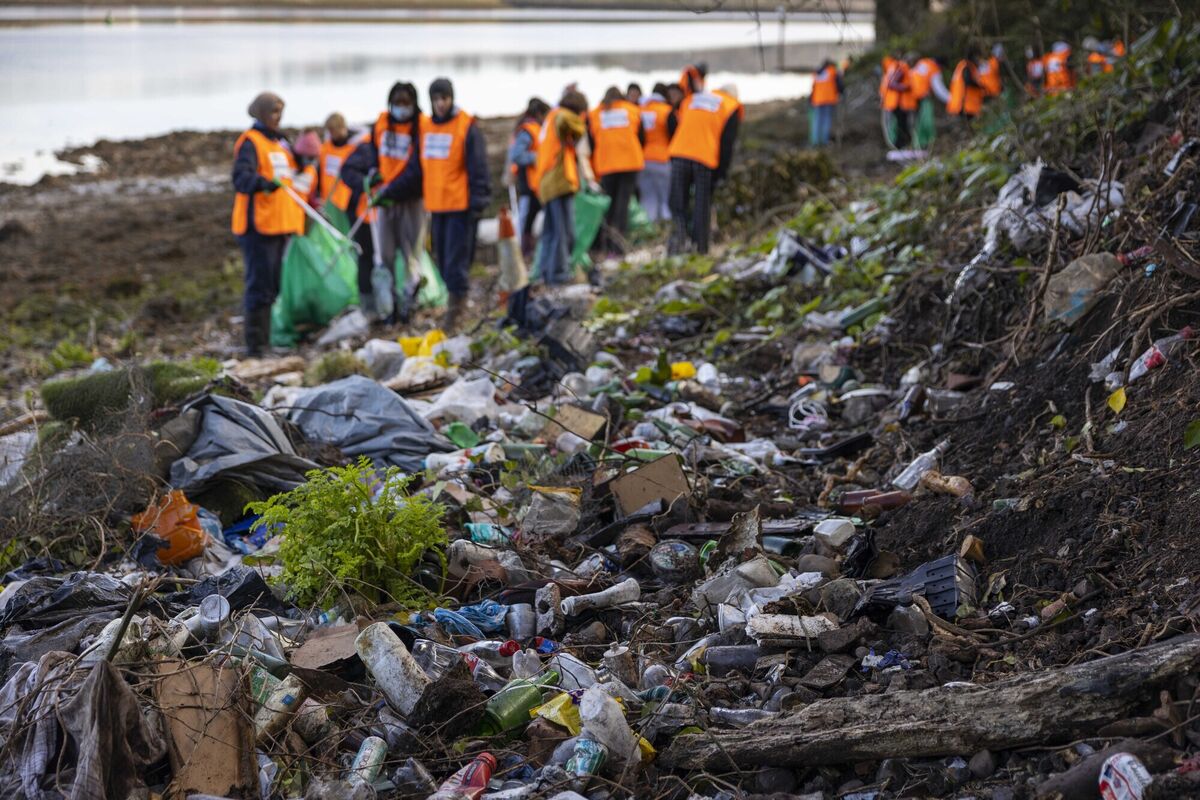
And as well as filling dozens of bags with countless cans, bottles and various forms of marine litter, they also collected hypodermic needles, almost a dozen syringes and a works box, which is distributed to drug users in an effort by needle exchange programmes to reduce the clinical waste hazard from intravenous drugs works.
Among the drinks cans collected were a 7-Up can, which was dated by its ring-pull design to 1989, and a Fanta can dated from its logo to pre-1988 - both almost 20 years older than the students involved in the clean-up.
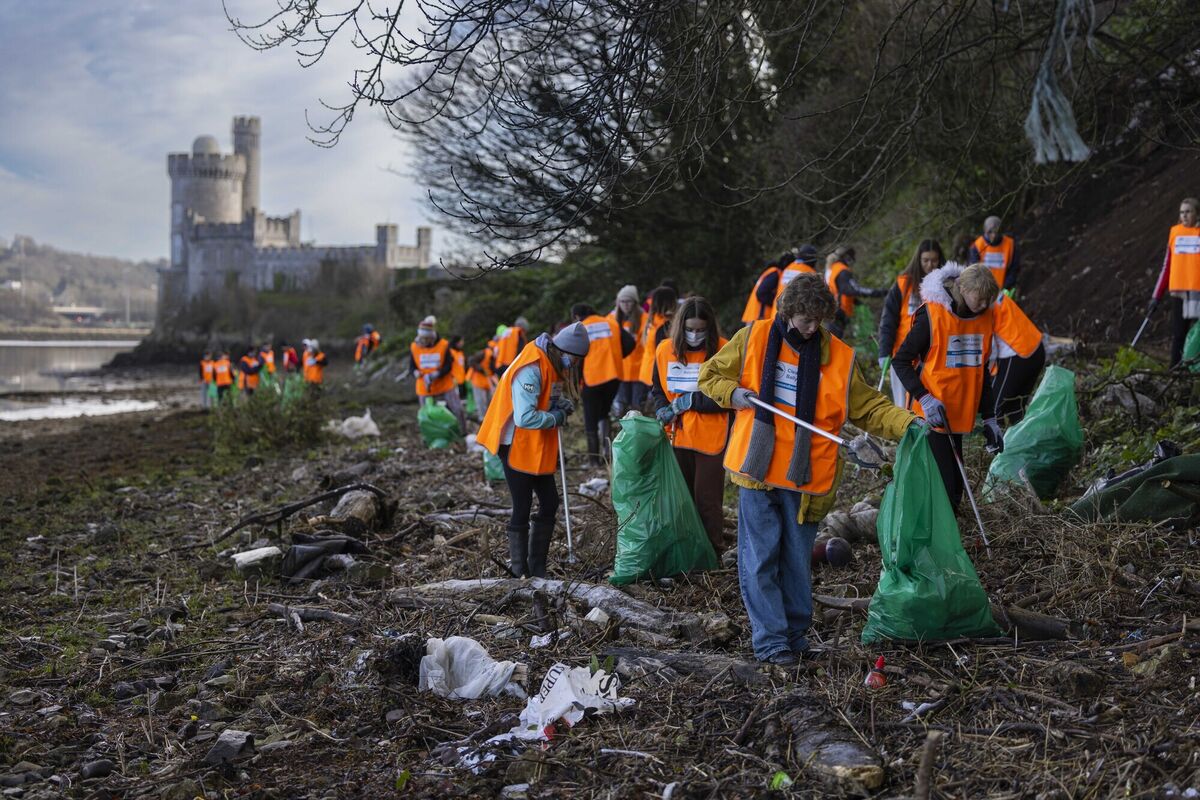
The litter blitz involving about 70 teenagers from St Colman’s College in Midleton and about 50 from Christ King in the city was organised by the award-winning Clean Coasts Ballynamona environmental group, which cleans and maintains 40kms of coastline in east Cork.
The group organised a major clean-up of marine litter from White Bay in the lower harbour last year but its founder, Proinsias Ó Tuama, said they decided to move their clean-up operations further up the harbour to tackle the area around Blackrock Castle which has been singled out as a litter blackspot in IBAL litter surveys.
“We did it to rattle cages in Cork, to rattle the cages of all the people in the nice offices who have the power to do things, to make change, and who have yet to do it,” he said.
“It’s mind-blowing how much litter was there, and how much will still be left there when we leave. And we know the next tide will bring more litter.
“We need the various authorities to take responsibility.
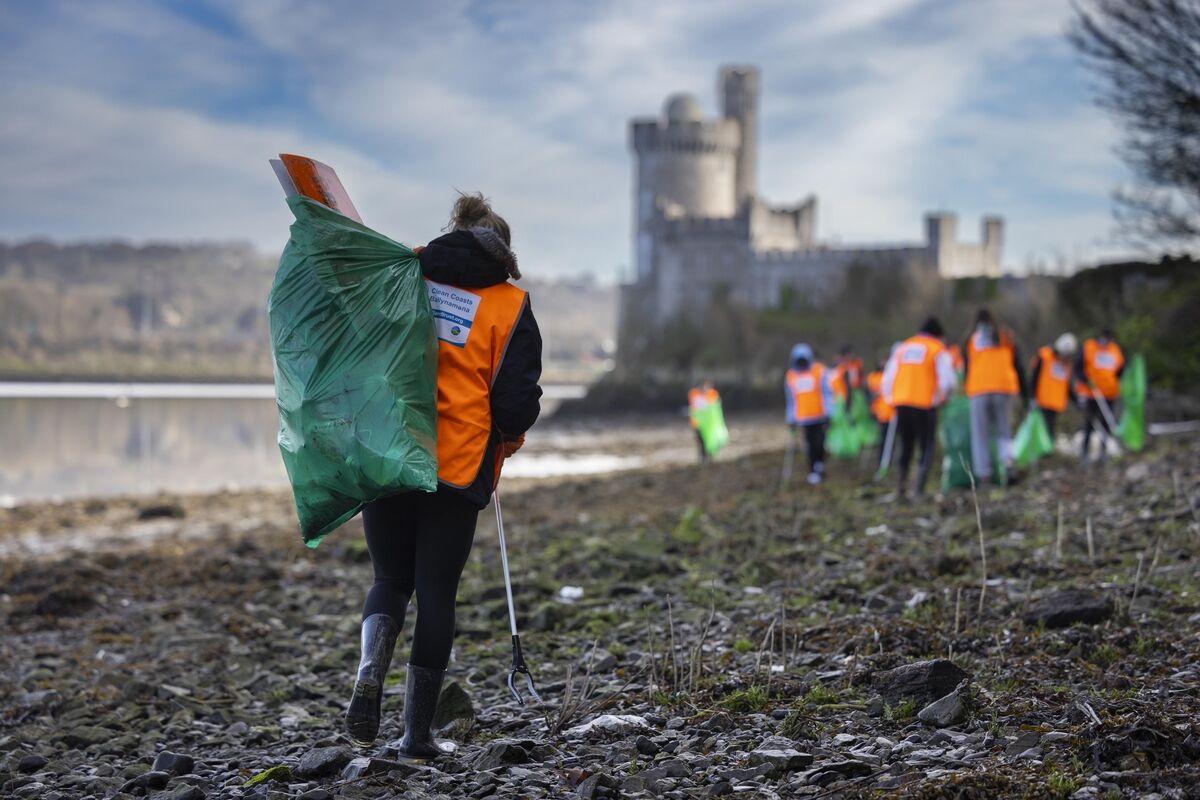
“And we need to ask ourselves if we are serious about Cork hosting the America’s Cup event. Because if we are, it’s now that you start preparing the environment.”
Mr Ó Tuama said while they see a particular form of litter during coastal and lower harbour clean-ups, it was clear from the litter they encountered around Blackrock Castle on Tuesday that it's material at a much earlier stage in the litter chain - proof perhaps that it is entering the environment further upstream.
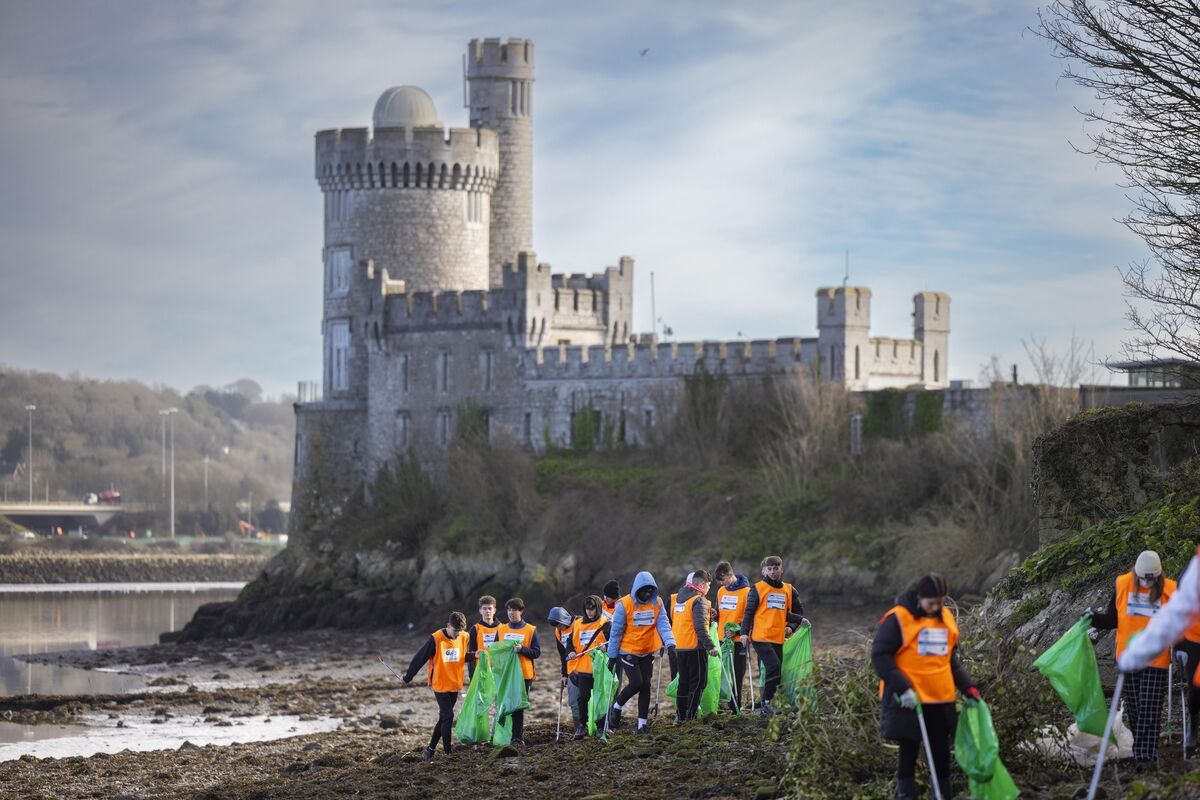
He said it will cost money and will take significant time and effort to tackle the problem.
“But we can’t keep going the way we are going,” he said.
The students spent the equivalent of 480 volunteer hours on the clean-up - the equivalent of one person cleaning for eight hours a day for 12 weeks. The value of this labour, based on the average industrial wage, is at least €12,148.
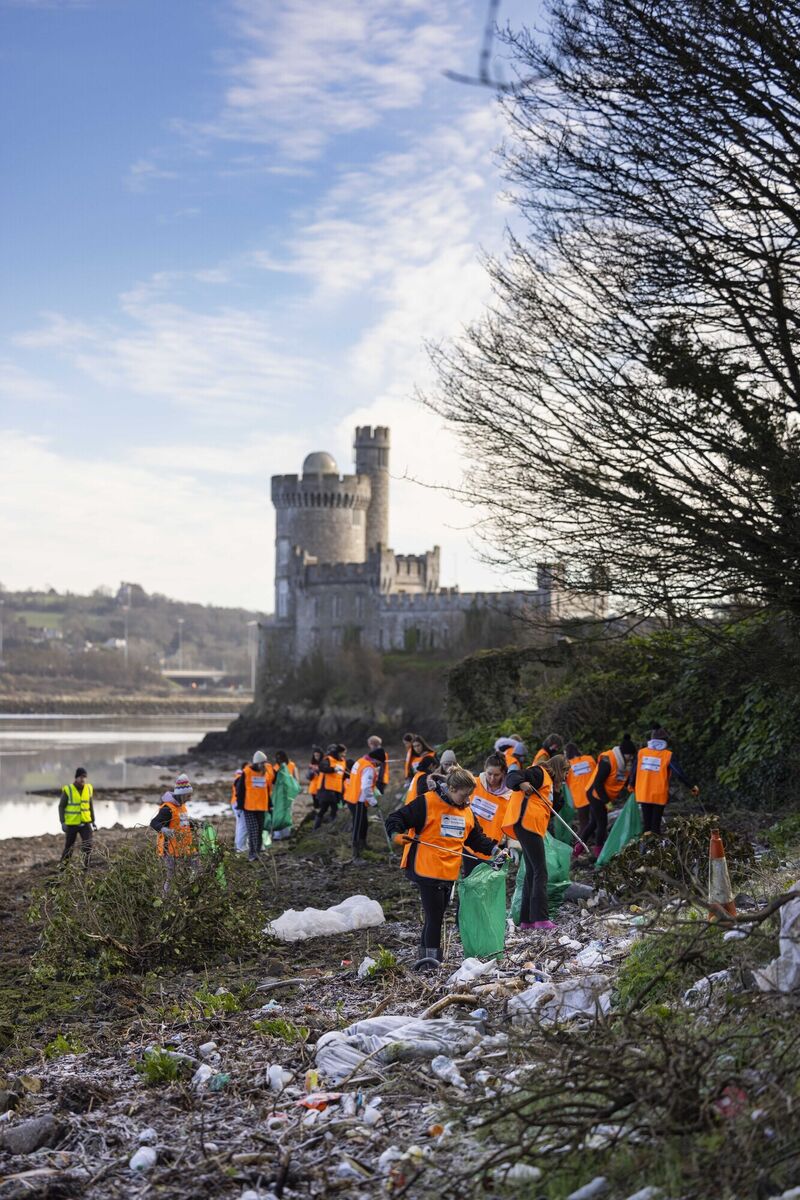
Cork Harbour is a Special Protection Area (SPA) of some 6,614 acres. It is home to 22 species of bird, all bar three of which are either red- or amber-listed.
Meanwhile, registrations are now open for National Spring Clean 2022, Ireland’s largest and longest anti-litter campaign.
You can request a free clean-up kit at www.nationalspringclean.org














